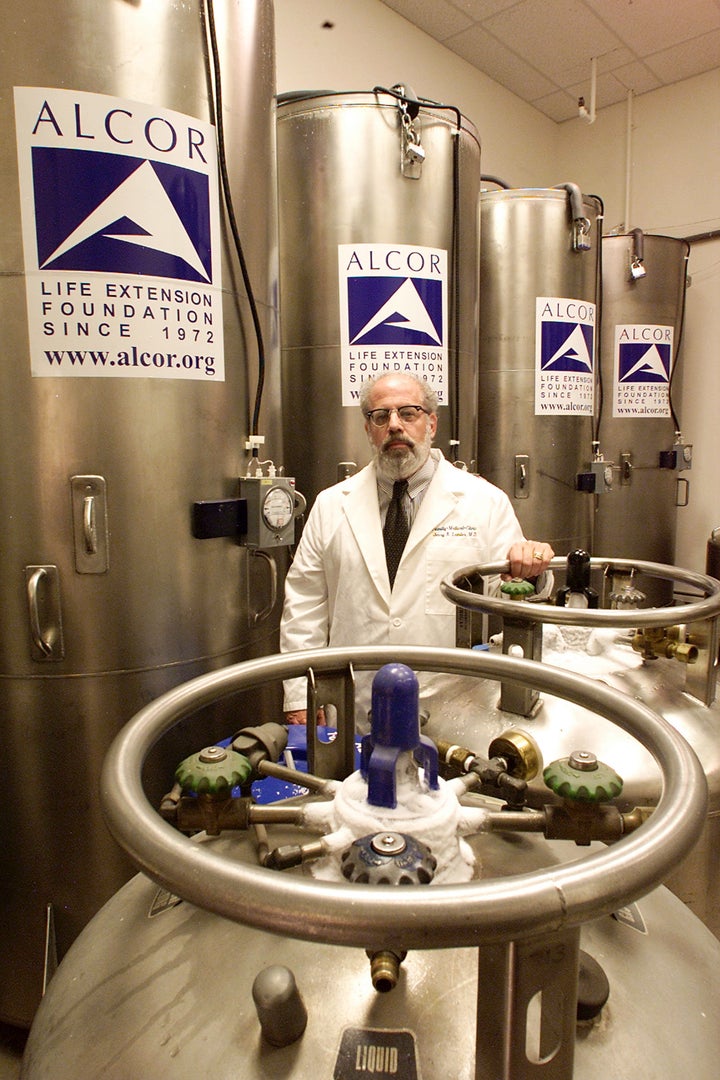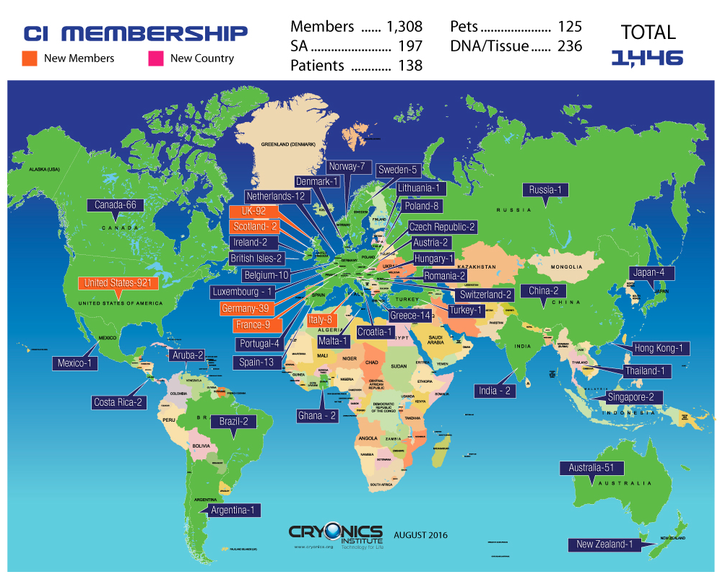A British teenager with terminal cancer won a landmark case when a judge said she could be cryogenically frozen last month.
The ruling, which can only be reported today, meant the 14-year-old has been granted her wish after her parents disagreed whether her remains should be taken to a specialist facility in the United States and cryogenically preserved.
The girl’s application is believed to be the only one of its kind to have come before a court in England and Wales - and probably anywhere else.
But what exactly is cryogenic preservation?
Here’s everything you need to know about the process.

What is Cryogenics?
Cryogenics, another term for cryonics, is the science that addresses the production and effects of very low temperatures.
Over the years the term cryogenics has generally been used to refer to temperatures below approximately -150 C, according to the National Institute of Standards and Technology (NIST).
How does cryogenic preservation work?
Cryogenic preservation allows living cells to be stored at ultra-low temperatures.
Legally-dead people are cooled to liquid nitrogen temperature “where physical decay essentially stops”, the Cryonics Institute, one of only three facilities in the world that offers the service, says.
Soon after death the person’s body is cooled and injected with various chemicals in order to reduce the risk of blood clotting and damage to the brain.
The blood is removed and the blood vessels injected with a solution called ‘cryoprotectant’ to stop ice crystal developing in organs and tissue.
Dr Anders Sandberg, member of the UK Cryonics Research network, told BBC Radio 4 Today on Friday: “The idea is to do this (cooling) quickly enough so you don’t get oxygen deprivation, because that is what really starts to harm the brain - even within minutes of death if you keep normal body temperature.
“But as has been demonstrated when people have fallen into cold lakes and nearly drowned, if you lower body temperature quite a bit then the time window grows.”
Currently cryonics is not legally allowed to be carried out on living people.

Does it work?
It is not yet possible to restore someone to life who has been cryogenically preserved.
Scientists hope that doctors in future will have developed the techniques that will allow the transition.
“We are currently rather far from doing the necessary repair of the cell level that would be required to save somebody who has been cryogenically restored, Dr Sandberg said.
“So as yet it is an experiment where the answer is going to happen relatively far in the future.”
Where can you be cryogenically preserved?
There are only three facilities in the world that offer this procedure - two in the US and one in Russia.
The 14-year-old girl from London has had her body cryogenically preserved at the Cryonic Institute.
The other US facility is the Alcor Life Extension Foundation and the only organisation outside the US to offer the procedure is KrioRus, in Russia.
Who has been cryogenically preserved?
This graphic from the Cryonics Institute shows how many people, and pets, have opted for the procedure and where they come from.

How much does it cost?
It can be very expensive. In the case of the teenage girl, the process cost £37,000, which was raised by the girl’s grandparents.
The Cryonics Institute advertises cryopreservation packages from $28,000 to $35,000. Transportation costs are not included.
Many people choose to pay for the process with life insurance.
Alcor offers two options, with a whole body preservation starting at a minimum policy of $200,000 and neuropreservation requires a minimum policy of $80,000.
Are memories preserved?
One of the key questions that has arisen from the cryogenic preservation debate is whether memories can be preserved.
The 14-year-old girl’s father had been concerned that, even if the treatment is successful she “might not remember things”.
Dr Sandberg said scientists “do not know” whether personal identity is preserved, saying: “What we can do is to make sure the structure is preserved well enough so that future might hopefully be able to recover that makes a person.”

Which famous people want the procedure?
Some celebrities have already expressed an interest in being cryogenically preserved.
Big names include Seth MacFarlane, Britney Spears and Larry King.
